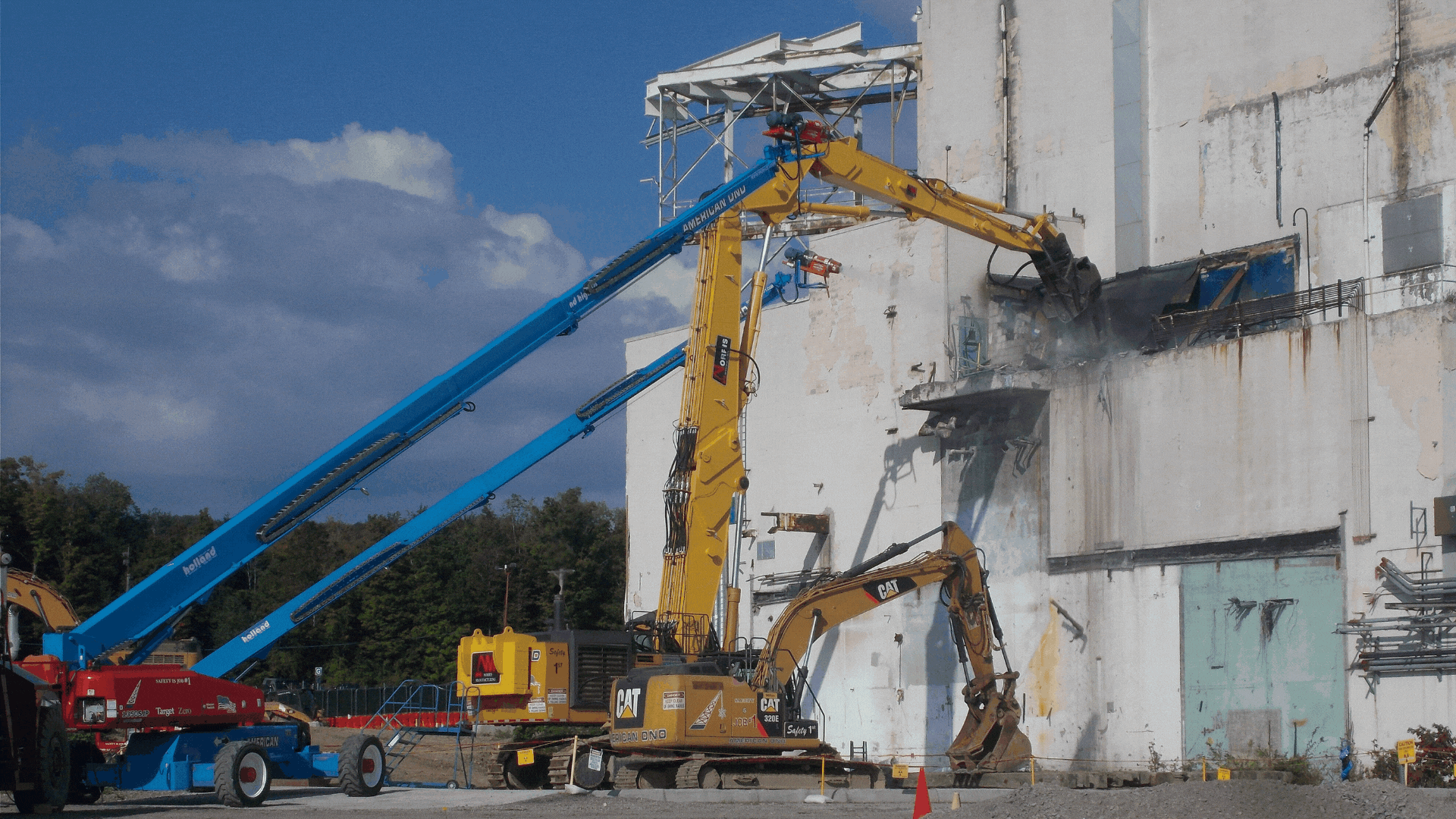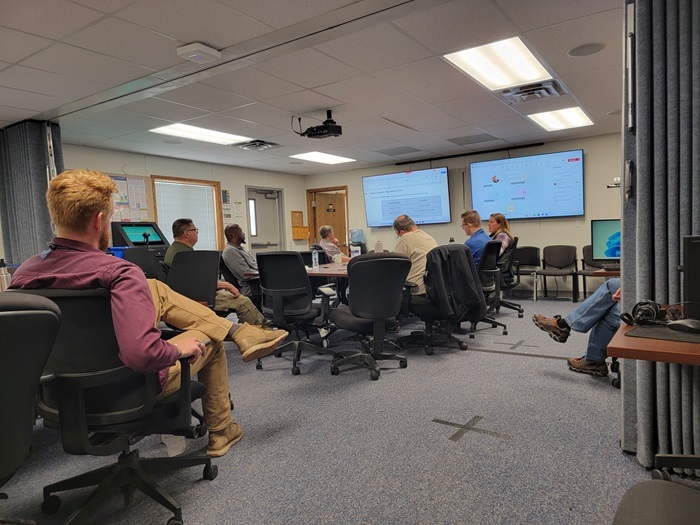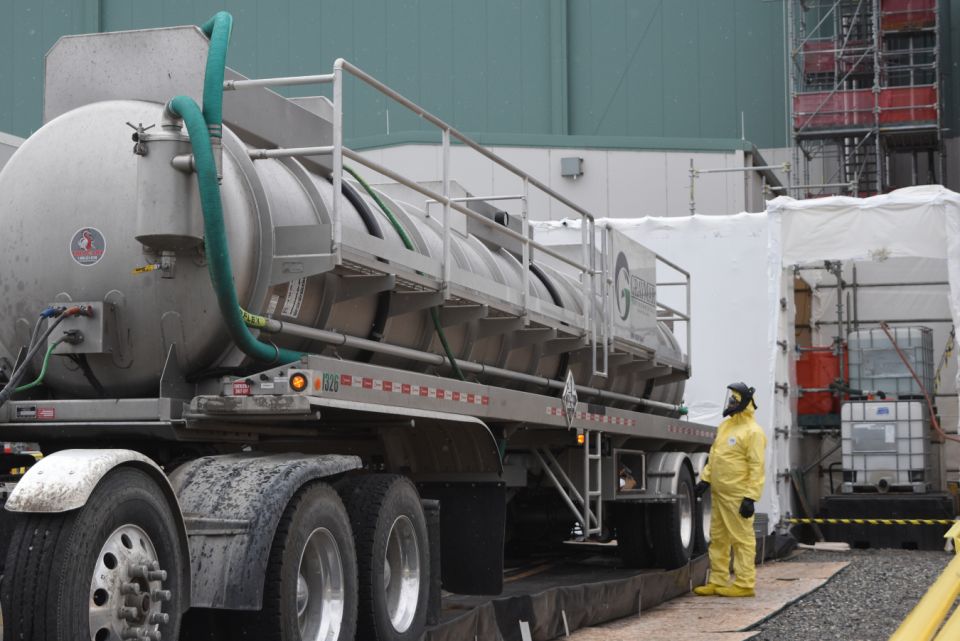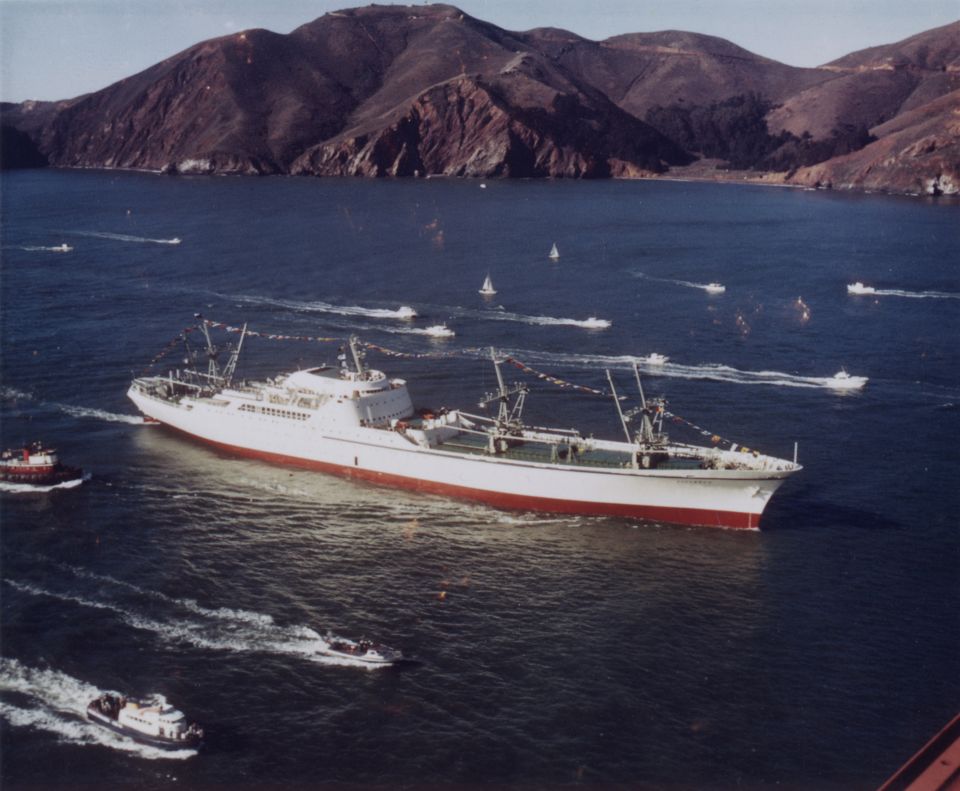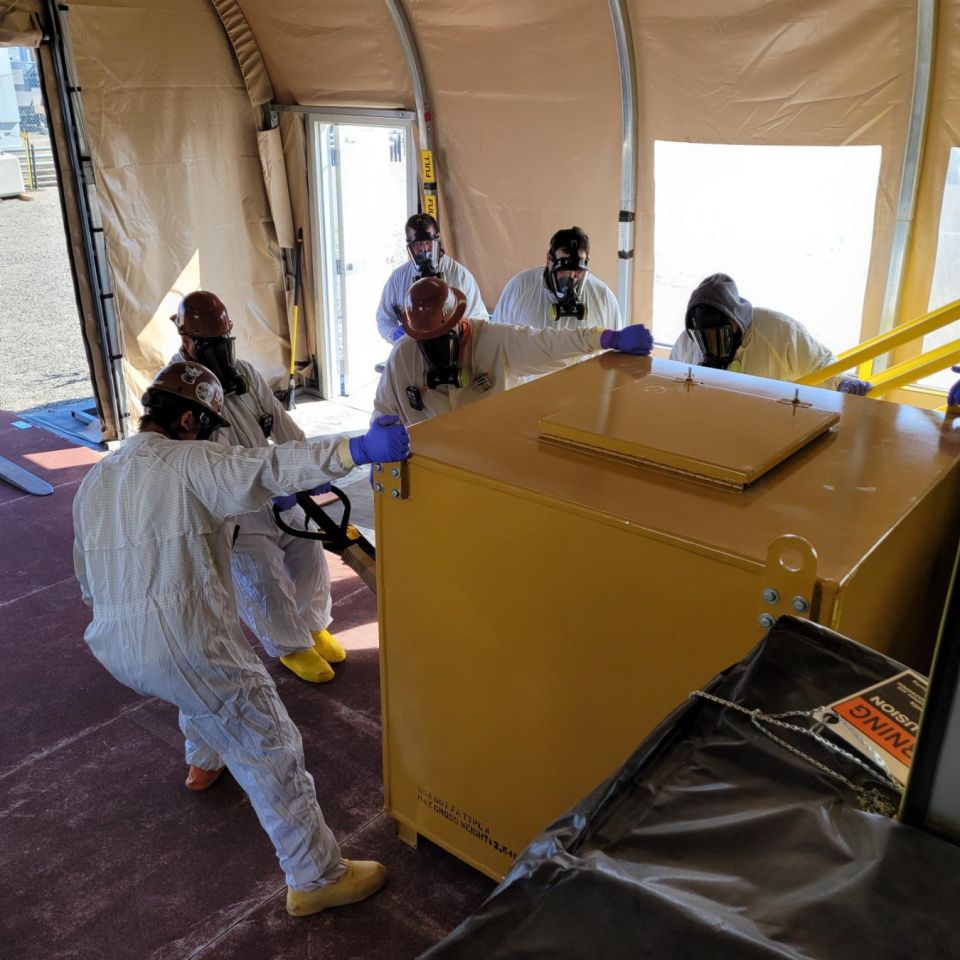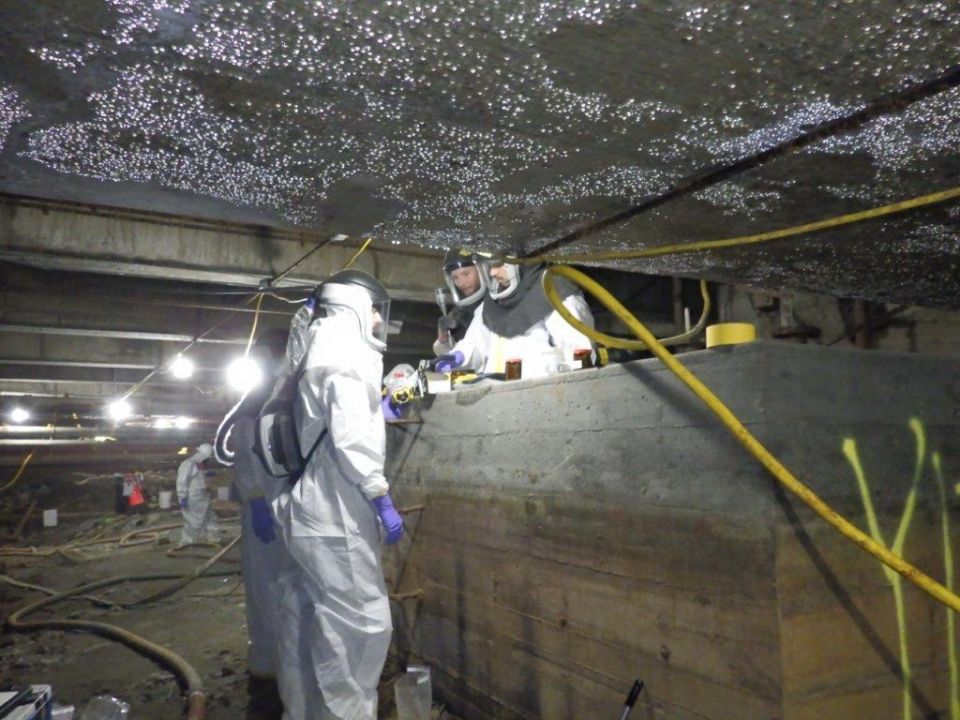Paducah Area Chamber of Commerce receives DOE grant
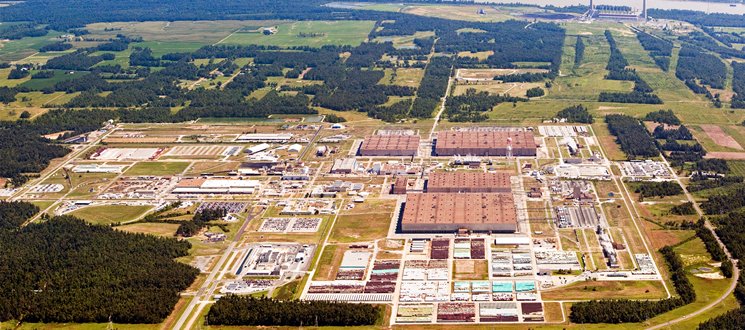
The Department of Energy’s Office of Environmental Management has awarded a $2 million grant to the Paducah Area Chamber of Commerce for its work in considering the possible future uses of the Paducah Gaseous Diffusion Plant site in Kentucky. The project will consist of site mapping, community studies, data analysis, and development of recommended strategies.



